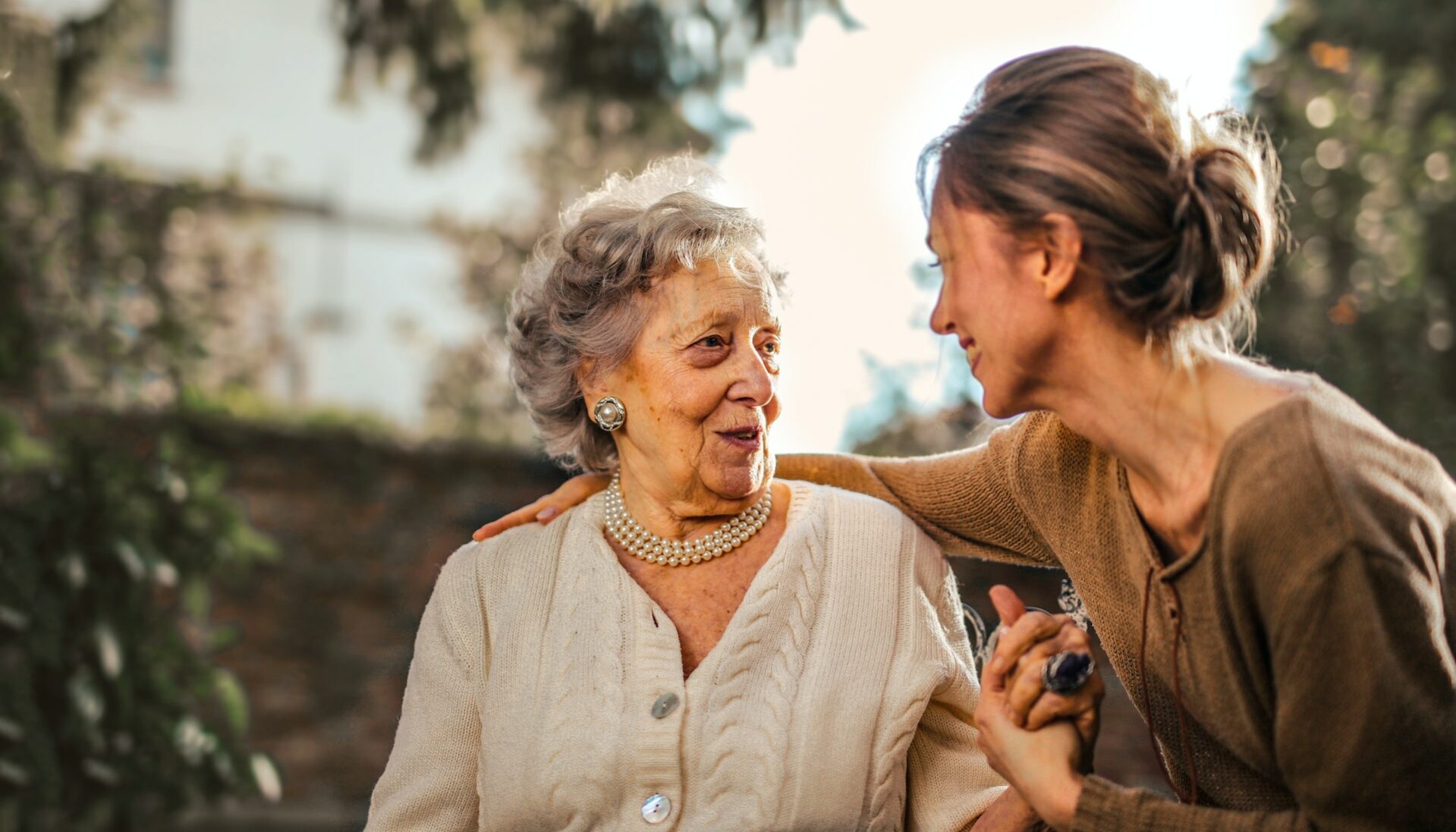As our aging population increases, ensuring the well-being of elderly individuals becomes a significant concern. While caregivers play a vital role in providing support, there are times when they may not be available due to various reasons. In such situations, it is crucial to have strategies and measures in place to ensure the safety, health, and comfort of older individuals. This essay explores practical ways to take care of old people when a caregiver isn’t present, emphasizing the importance of planning, technology, community support, and fostering independence.
- Care Planning: Developing a comprehensive care plan is essential to anticipate and address the needs of elderly individuals in the absence of a caregiver. This plan should include emergency contacts, medical information, medication schedules, and daily routines. Regular communication with family members, friends, and neighbors can help keep everyone informed and prepared to assist when needed.
- Assistive Technology: Leveraging assistive technology can significantly enhance the safety and well-being of older individuals. Devices such as medical alert systems, home monitoring systems, automatic medication dispensers, and fall detection sensors provide an added layer of security. These technological aids can quickly alert emergency services or designated contacts in case of an emergency, providing peace of mind when a caregiver is not available.
- Community Support: Engaging with local community resources and support networks is invaluable in ensuring the welfare of older individuals. Community centers, senior programs, and social services can provide assistance, companionship, and valuable resources. Identifying support groups, volunteer organizations, and senior-friendly activities can help combat loneliness and isolation, fostering a sense of belonging and community.
- In-home Services: Exploring professional in-home services can provide vital support to older individuals. Services such as home healthcare, meal delivery, housekeeping, and transportation assistance can help bridge the gap when a caregiver is unavailable. Engaging these services on a regular or as-needed basis ensures that essential needs are met and that seniors can continue to live comfortably and safely in their own homes.
- Promoting Independence: Empowering older individuals to maintain their independence is crucial even when a caregiver is not present. Encouraging them to participate in activities that promote physical and mental well-being, practicing self-care, and providing tools for mobility, such as walking aids or home modifications, can help them retain their autonomy. Assisting them in managing their personal affairs, such as financial matters and appointments, can further foster their independence.
Taking care of old people when a caregiver is not available requires careful planning, the utilization of technology, community support, and fostering independence. By implementing a well-thought-out care plan, leveraging assistive technology, tapping into community resources, and encouraging self-sufficiency, we can ensure the safety, well-being, and quality of life for older individuals. It is crucial to approach this challenge with compassion, sensitivity, and a collaborative effort from family, friends, and support networks. Together, we can create a supportive environment that allows older individuals to age gracefully and confidently, even in the absence of a primary caregiver.

